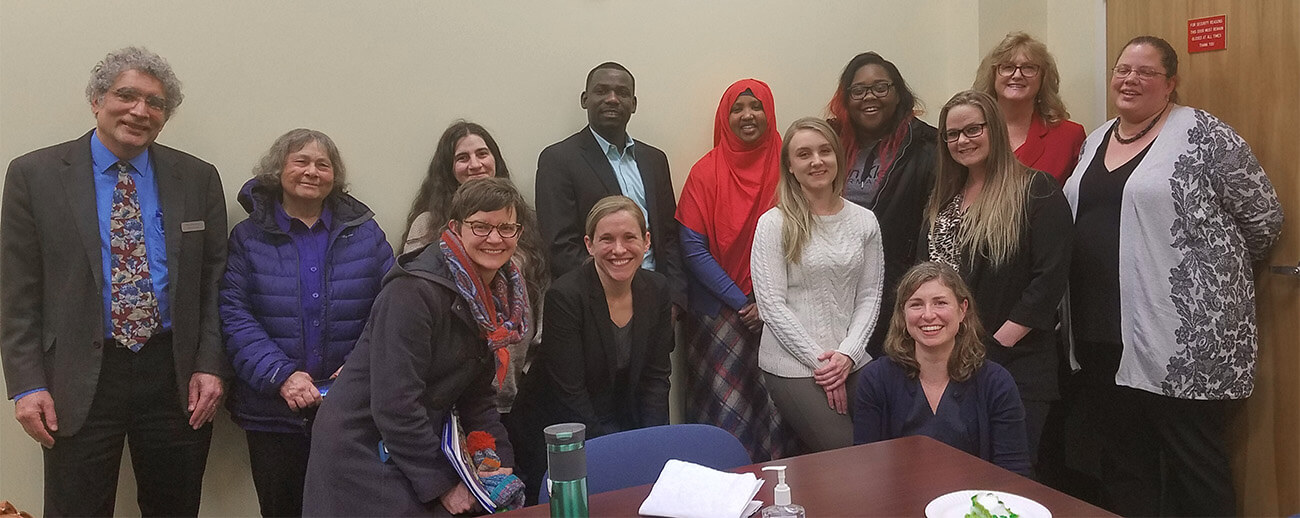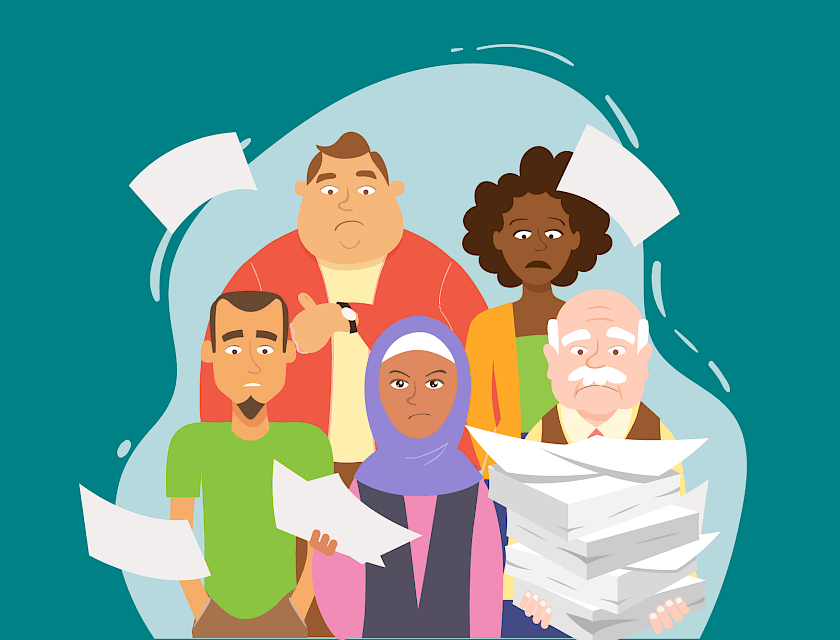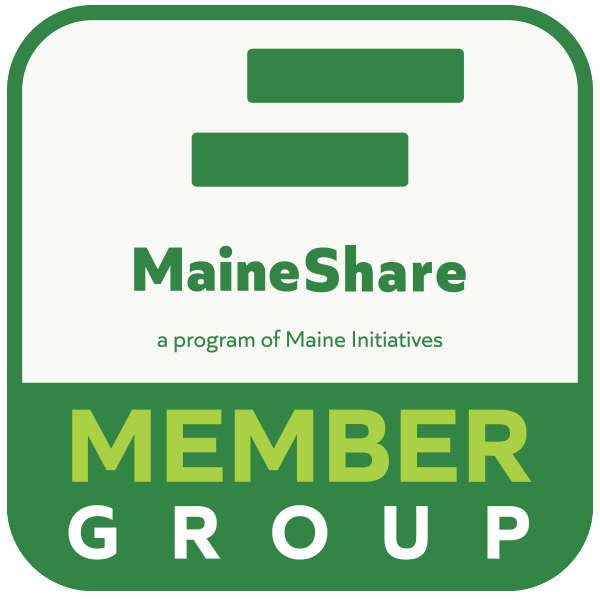Solutions for Government
Maine Equal Justice advocates for a government that works for the people and listens to the people
How do we get there? With government services that are simple and easy to use, well-coordinated, human-centered, effective AND work for all Mainers, starting with those who need them most.
Government services and the people who deliver them must put the real-life, everyday needs of people first.
The social safety net is composed of different programs and services across different areas of the government. Together, these government departments are responsible for lifting tens of thousands of Mainers out of poverty each year. But today, many Mainers are falling through the cracks. We need to change that.
For too many people, trying to get public assistance is complicated, time-consuming, emotionally taxing, and confusing– leaving people to navigate a system with numerous barriers, and pushing them further and further away from meeting their basic needs, like health care and food.
What would a government that works for the people look like?
Here’s what Mainers have told us finding help at DHHS should look like:
“People should feel respected when they walk in the door, basic needs are met, and people walk away with a feeling of hope.” - Anonymous
“DHHS workers should have communications training, emotional intelligence and show empathy towards people.” - Jay resident
“Culture change is needed so that people don’t feel a sense of dread when they go there. We feel like we need to justify our existence and prove that we are worthy of the little bit of help they might give.” - Old Town resident
“I want DHHS workers that want us to know our rights, and really help us access the help that is available.” - Anonymous
It’s simple and easy to use, well-coordinated, human-centered, and effective.
- When an older woman calls DHHS to find out why she lost her prescription drug assistance, she can easily connect with a human being who is respectful and helps her address the problem. Together they discover that the woman also qualifies for help affording food from SNAP – this is all a great relief because has been forced to skip meals to pay for medicine.
- A single mom struggling to make ends meet in a low-paying job wants to go back to school to earn a better living, but she doesn’t know how she can manage it. After putting her children to bed, she goes online to find out what kind of public assistance she can get based on her family’s needs. She is also able to apply for the help she needs using a simple online application.
- A man loses his job working at the mill and is struggling to find another job in rural Maine. He goes to the career center to get some support finding a new job. While he’s there, he also learns about help that his family desperately needs to cover health care costs while he’s out of work.
When services are simple, accessible and easy to use, people can get what they need without jumping through a lot of hoops. When Mainers apply for benefits, they should be met with relief rather than frustration.
A well-coordinated social safety net means you can go to one place and get everything you need. Data is shared between different governmental departments, meaning people seeking services would only have to go to one place and fill out one form to get what they need.
A human-centered social safety net guarantees that the needs of people are put first. It ensures that people seeking supports are treated with dignity and respect, regardless of who they are, how much they earn, or what language they speak. It is culturally competent, trauma informed, and empowering. Wait times are short and staff are there to provide clarity when there is confusion.
Maine Equal Justice advocates to ensure that DHHS staff understand and respect different cultures and identities. DHHS staff must consider the race, color, religion, age, national origin, immigration or citizenship status, native languages spoken, gender, gender identity, sexual orientation, and disability of clients and how these factors inform each client’s individual needs. Only then can DHHS ensure effective cross-cultural communication, necessary for reducing disparities and providing optimal service regardless of a client’s background or membership in a protected class.



